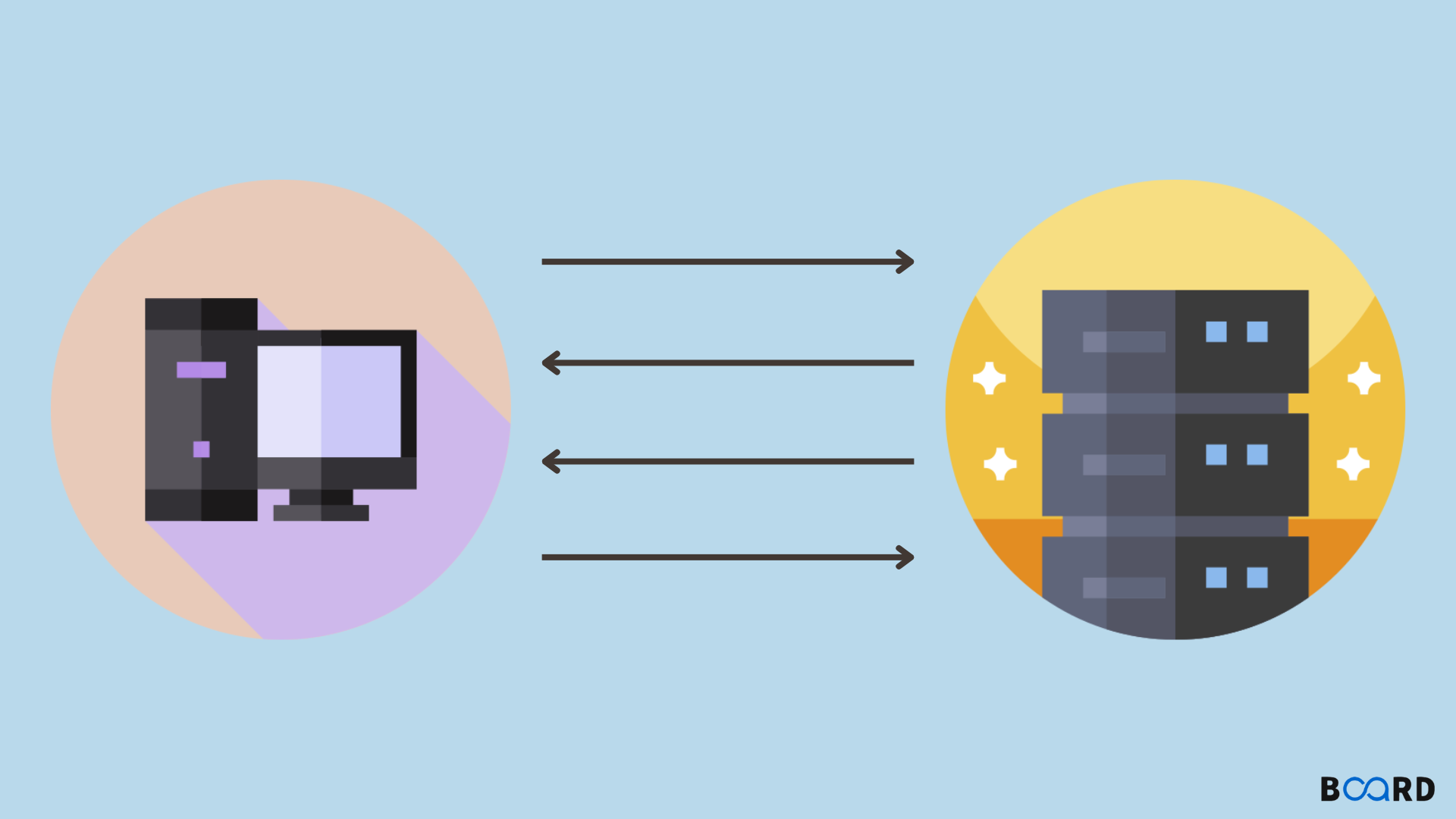Web Socket: Detailed Explanation

Introduction
Have you heard anything about web sockets? Do you know how it is different from HTTP? If not, then don't worry. Board Infinity will help you to clear all these doubts.
In this article, we will discuss Web Socket. We can build "real-time" applications with WebSocket that are quicker and require less overhead than API protocols from the past. The client-server communication channel must be established to use WebSocket, which is sometimes referred to as a high-end computer communication protocol. Both the HTTP and Web Socket protocols are used for client-server communication. So, let us discuss what an HTTP protocol is.
HTTP Protocol
HTTP stands for HyperText Transfer Protocol. It is a protocol for obtaining data from the World Wide Web. Plain text, hypertext, audio, video, and other data types can be transmitted using the HTTP protocol.
Because it is effective and enables us to use it in a hypertext environment with quick jumps from one document to another, this protocol is also known as the "HyperText Transfer Protocol." FTP and HTTP are comparable because both transfer files from one host to another host. However, HTTP is less complicated than FTP because it transfers files over a single connection and does not require a control connection.
The data is transmitted over HTTP in a MIME-like format. As data is transferred between the client and server, HTTP and SMTP are comparable. In how messages are sent from the client to the server and from the server to the client, HTTP differs from SMTP. HTTP messages are delivered immediately, whereas SMTP messages are archived and forwarded.
Now, we got an idea about HTTP. Let us understand what a web socket is.
Web Socket: What is It?
Unlike HTTP, WebSocket begins with ws:// or wss:// and is a full-duplex, bidirectional protocol that is used in the same client-server communication scenario. Because it is a stateful protocol, the connection between the client and server will remain active until either party decides to end it. Both ends of the connection are severed after either the client or the server closes the connection.
So might be you are thinking of then why web socket comes into the picture when we have HTTP. Let us understand.
Web Socket Vs HTTP
WebSocket is a bidirectional, frame-based protocol, as was previously stated. The HTTP protocol, on the other hand, is a unidirectional one that runs through TCP.
The development of real-time applications extensively uses the WebSocket protocol, which may handle continuous data delivery. RESTful and SOAP apps are created using the stateless protocol HTTP. Although REST is popular and used, soap can still be implemented using HTTP.
WebSocket is a quicker protocol since communication takes place at both ends of the connection. Compared to WebSocket, HTTP is a little slower because the connection is established only at one end.
The connection must be terminated by one party in order for WebSocket to use a unified TCP connection. The connection continues to function up until it occurs. For each different request, HTTP must establish a separate connection. The connection is immediately broken once the request has been fulfilled.
Now, you might be thinking about when we can use Web Socket.
Need of Web Socket
We can use this:
- Web sockets are used by real-time web applications to display data at the client end that is continuously sent by the backend server. Because data is continuously pushed/transmitted into an already open connection with WebSocket, it is faster and enhances application performance.
- In a gaming application, you might concentrate on the fact that the server continuously receives data, and without refreshing the UI, it will appear on the screen. The UI automatically refreshes without even establishing a new connection, making it very useful in a gaming application.
- When exchanging, publishing, and broadcasting messages among subscribers, chat applications use WebSockets to establish the connection just once. For message delivery on a one-to-one basis, as well as for sending and receiving messages, it makes use of the same WebSocket connection.
Let us look at the difference between them.
Difference Between Web Socket and HTTP Connection
Here are the differences between them.
Conclusion
In this article, we have discussed web sockets. We have discussed what it is and how it is different from the HTTP protocol. We have discussed the need of using web sockets in web applications. So basically, compared to other protocols, WebSocket offers speed improvements and real-capabilities by enabling two-way interactive communication sessions between client and server without requiring the client to poll the server for a response.
